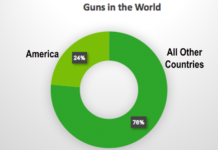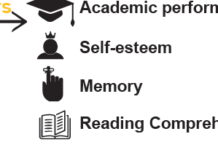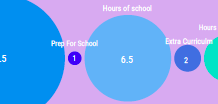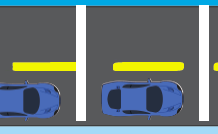By Connor Fromme and Turner Nevitt; Farnsley Middle School (Louisville, KY)
“Why can I not read like the other kids?” Turner Nevitt (co-author) asked his mom when he was around six years old.
“You read fine Turner,” she replied.
She was trying to make him feel better, but Nevitt actually thought there was something wrong with him. He was made fun of for not being able to read as well as the other kids. He used to sit down and try to read, but just could not read for anything. Then all the words he saw were getting mixed up. That’s when he started going to Susan Barton’s program in Louisville, KY for Dyslexics at 9 years old.
Dyslexia is one of the most common reading disorders to have for the rest of your life. Turner says, “It is very hard to stay in school with this disorder. I was on the edge of failing school.”
According to Wikipedia, dyslexia affects up to 20% of the population of the world.
According to the International Dyslexia Association, dyslexia is a mixture of symptoms such as difficulties with language skills, especially reading. Students with this disability often have a difficult time with both oral and written language. Other language skills, such as pronouncing words are affected.
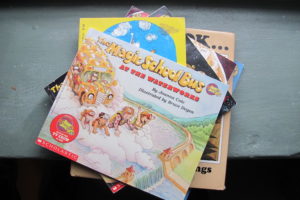
Dyslexia will affect a person throughout their life, but its impact will change as those affected find ways around the reading disorder. It is referred to as a learning disability because it can make it a struggle to succeed without phonics-based reading that is unavailable in most public schools. Students with a more severe form may qualify for special education with special designed instruction and appropriate accommodations.
According to the Yale Center of Dyslexia & Creativity, “It requires our brains to connect letters to sounds, put those sounds in the right order, and pull the words together into sentences and paragraphs we can read and comprehend.”
According to Helen Belcher, Nevitt’s tutor at Dream Cloud Psychology and Educational Services, “Dyslexic students have a deficit in their language phonological processing skills’’ According to the American Speech-Language-Hearing Association, phonological processing is the use of the sounds in one’s language to understand spoken and written lang
uage.
You can figure out if you have dyslexia by taking a series of tests. Nevitt, for example, went through 20 different tests at the age of seven It can be cause
d by other family members as they pass the condition through their genes. Signs of Dyslexia are speech troubles and trouble with sounding out words. There is still no knowledge on how it is caused.
You can get help at an early age and there are a lot of programs, mainly tutoring, where kids with dyslexia can work at their own pace.
“The beginning of the tutoring was hard and a lot of work,” states Nevitt. Belcher said that this program will take at least three to
four years. Nevitt has been in the program for four years and is almost done. There are 10 levels in it and each has 12 lessons in every level. It is a long program, but his
grades went from D’s to A’s.
Some people have dyslexia that has to do with math and others have it in both math and reading. Nevitt’s brother has dyslexia and it affects him in math and reading. He is currently at the age of six, which is usually when symptoms show up.
According to nessy.com, a website that informs the public about benefits of dyslexia, there are good things about being dyslexic. Dyslexics are very good at thinking outside of the box to solve problems. They can also figure out 3D objects. People with dyslexia see things in pictures not words. They also have a sharper peripheral vision, meaning that they can see all around them. Most people with dyslexia become business entrepreneurs; 1 in 3 entrepreneurs have dyslexia.
Turner states, “I am a straight A student and I do not let Dyslexia get in the way. I don’t get made fun of and I can now can read long books and not ask for help. Sometimes I help other people with dyslexia.”

This work is licensed under a Creative Commons Attribution-NonCommercial-NoDerivs 3.0 Unported License.



